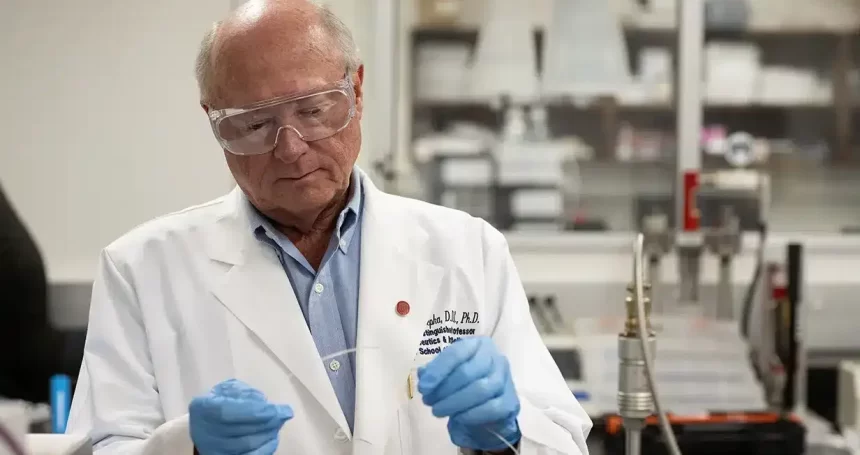Tired of taking multiple pills a day? An innovation across the healthcare world looks to use 3D printing to make an all-in-one pill for those who have more than one prescription.
Dr. Michael Repka, director of the Pii Center for Pharmaceutical Technology at the University of Mississippi, explained during a recent appearance on MidDays with Gerard Gibert that the new method could be a game-changer for people who rely on a pillbox.
“The ink used is actually filaments that may have two, three, or four different medications which can then be made into individualized tablets or capsules,” Repka said.
According to Repka, the goal is to minimize the number of pills a patient has to take on a daily basis. Studies show that a majority of elderly people receiving special care admitted to skipping rounds of medication because their tablets were too difficult to swallow. Using 3D printing, not only can medications be put into one pill, but size, shape, and dosage can all be customized to the patient’s preference.
“You’ll have a licensed pharmacist that’s able to dispense these types of medications and make them on site,” Repka said. “You customize medications for a particular patient, putting maybe three different medications into one tablet. That makes it to where they don’t have to take three tablets or more at a time.”
As for children who have daily medications, pharmacists would be able to customize the color or design of tablets to help motivate them to take the medicine. For example, a pink, gummy-bear-shaped pill could be created for a child with ADHD.
Although the idea of 3D printing medication is not new as the first FDA-approved printed medication came in 2015, Repka said the process currently remains slow and costly for widespread use. He’s hopeful to see more investments in research being done at Ole Miss and abroad to help speed automation and lower the price so more pharmacies across the U.S. can use 3D printing.








